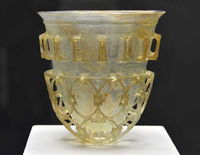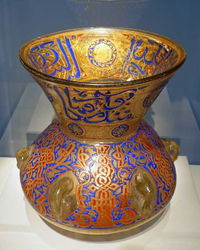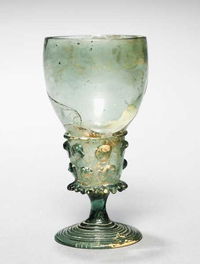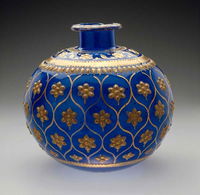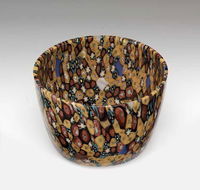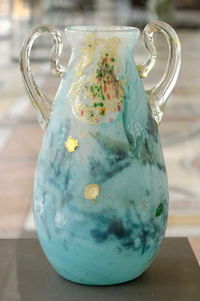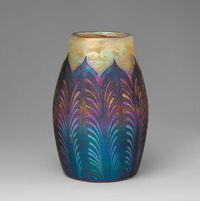
Art of Glass Trivia Quiz
Since glassmaking was discovered thousands of years ago, glass has been used to make beautiful objects as well as practical ones. Can you match each of these gorgeous artifacts with the style or historical period they belong to?
by LadyNym.
Estimated time: 3 mins.

